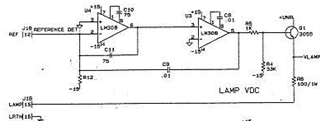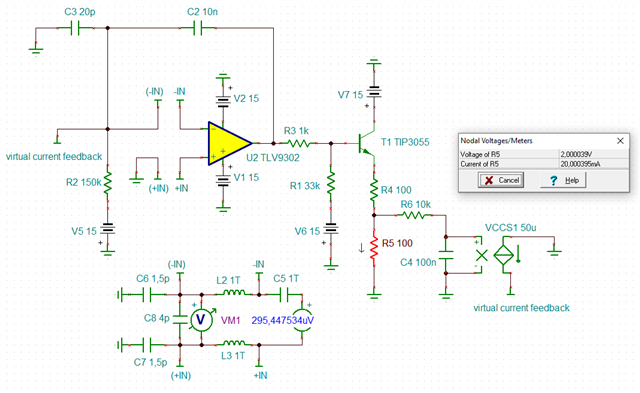Other Parts Discussed in Thread: TLV9301
We recently purchased TI LM318P thinking that it was a compatible replacement for the National Semiconductor LM308N (we used these for years)
Unfortunately the LM318P did not work in our application (suitable package but did not function electronically)
Does TI have a suitable device for replacing the LM308N ?




